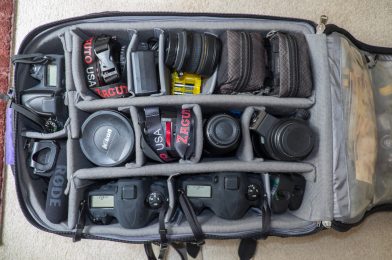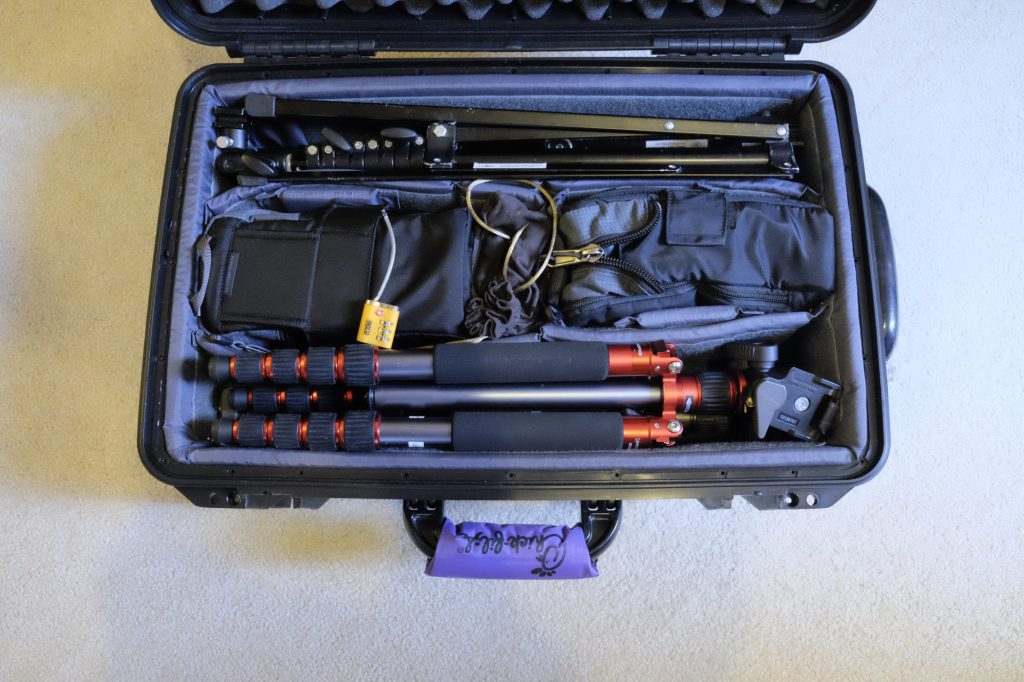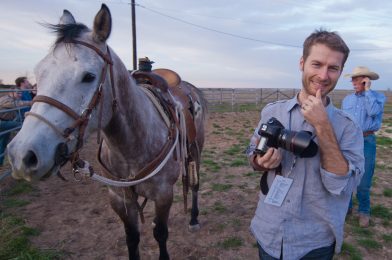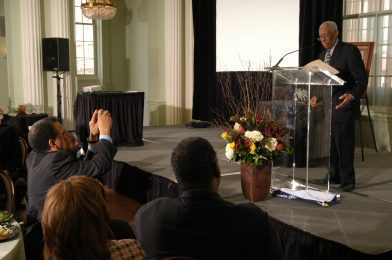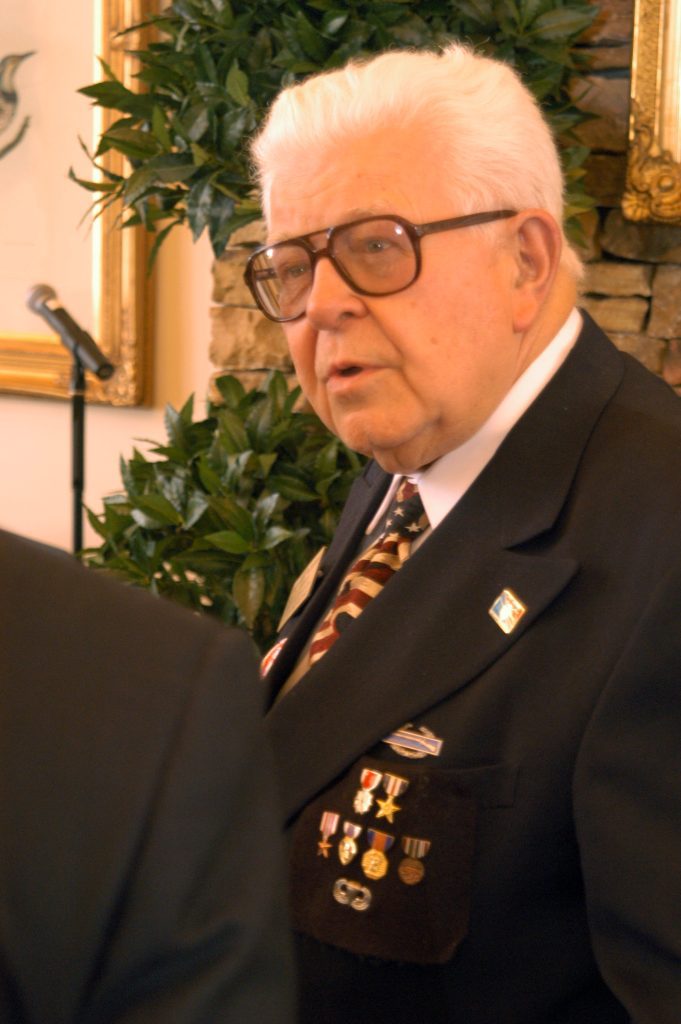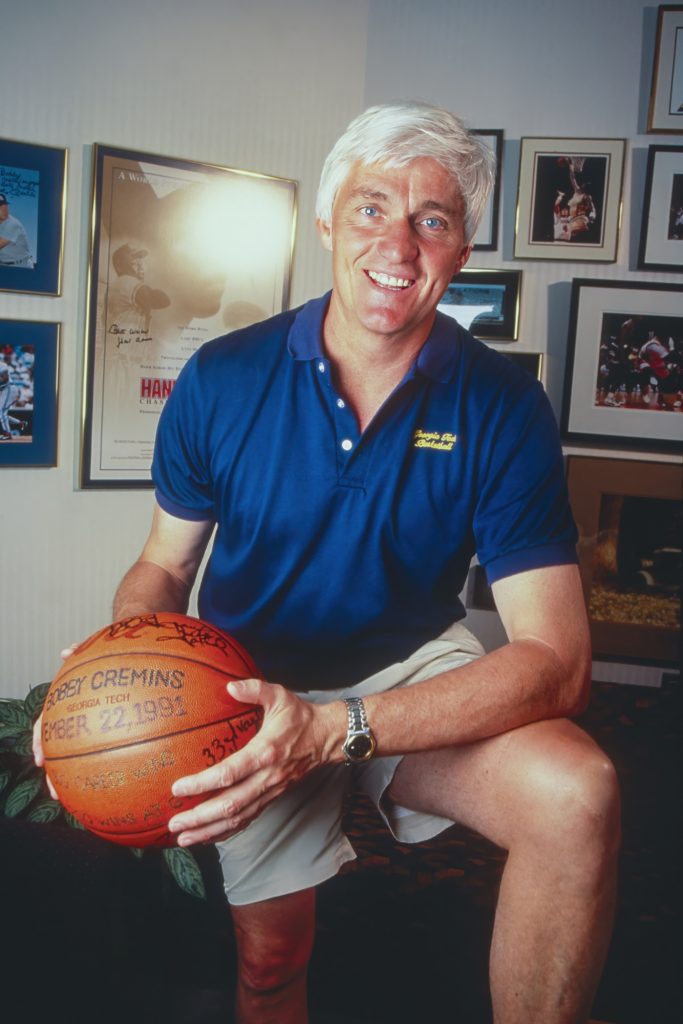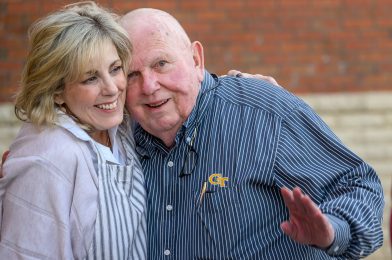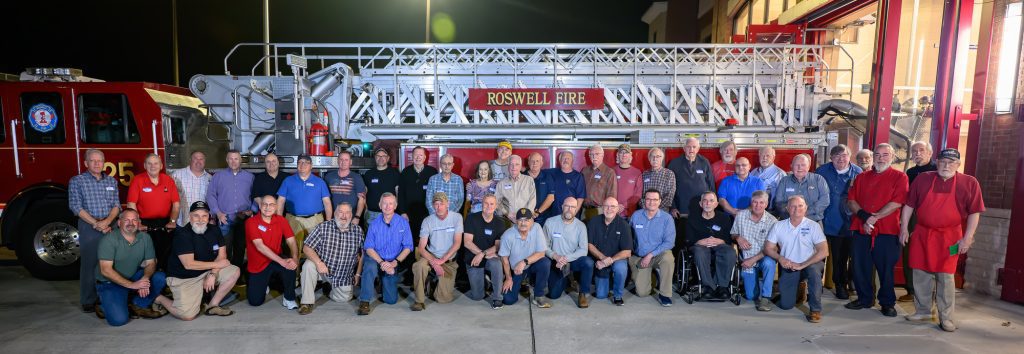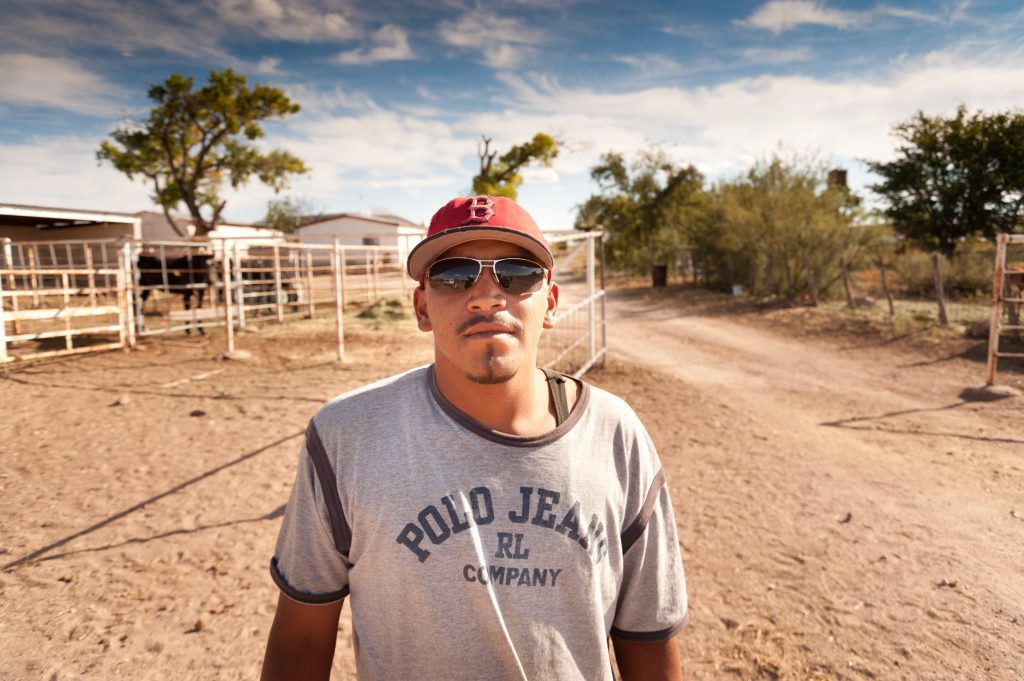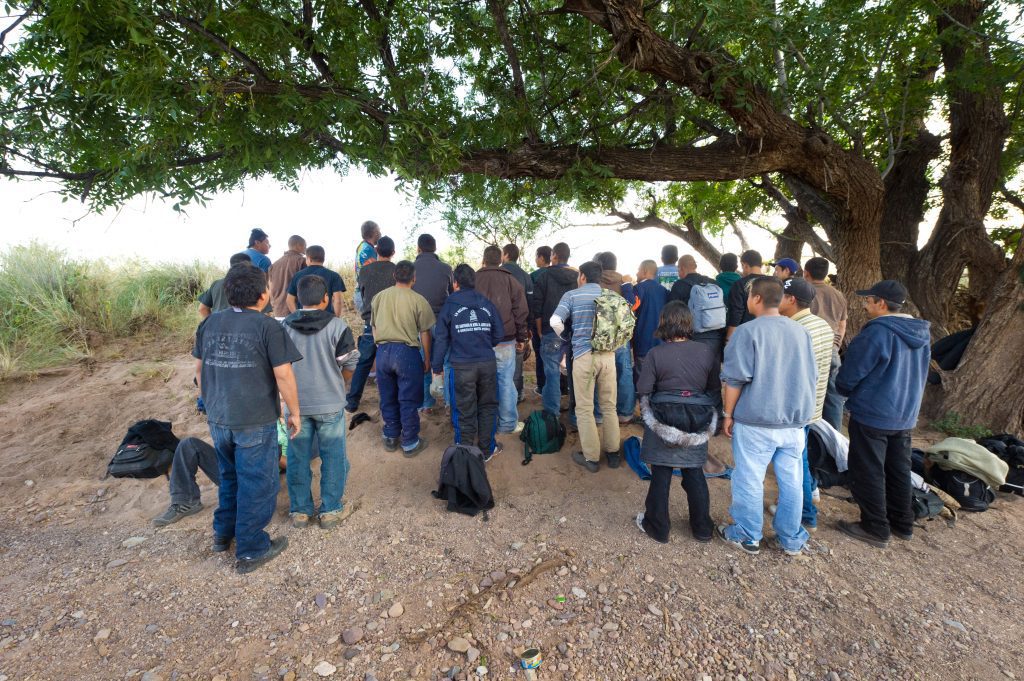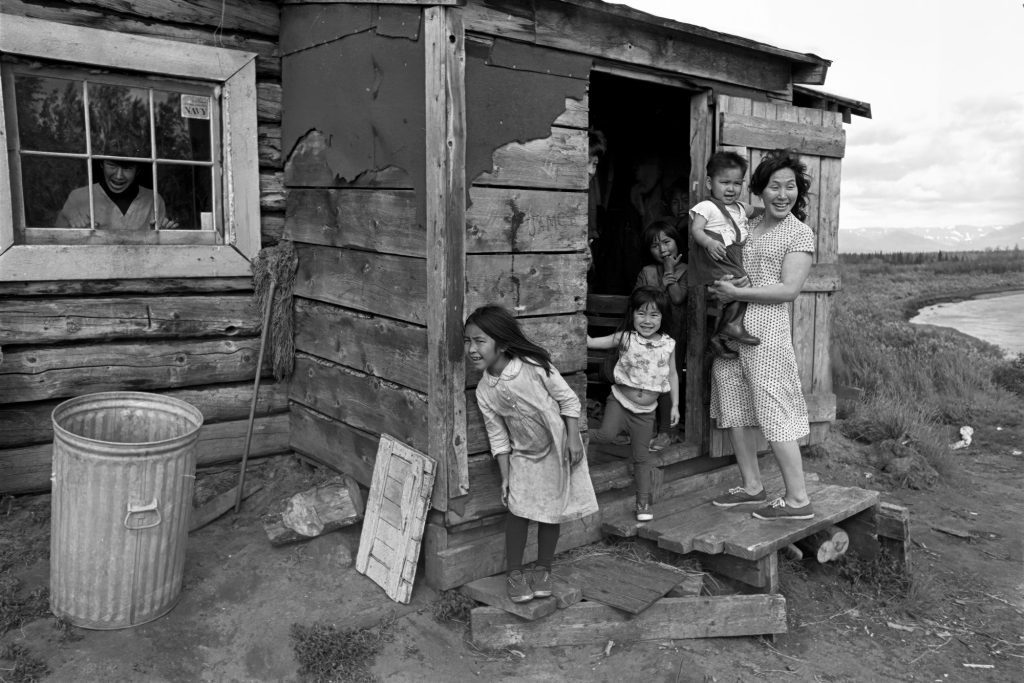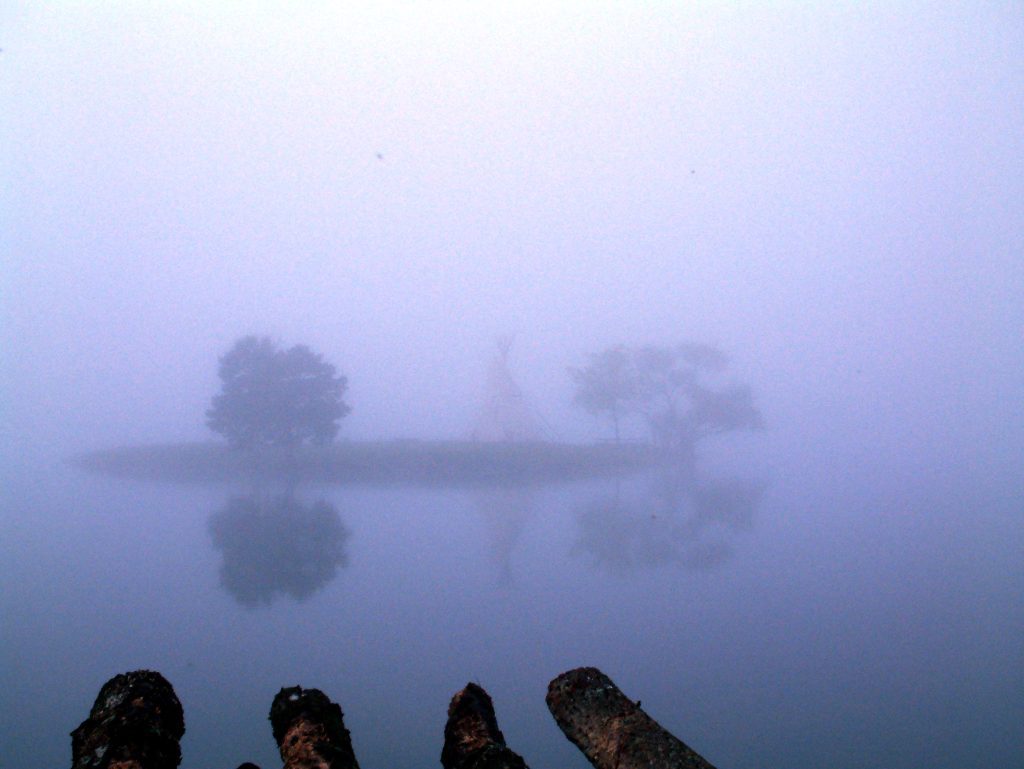[Caption: Jesse Cole is a strong enthusiast of fan culture. In 2016, he established Fans First Entertainment and introduced the Savannah Bananas to initiate a movement that centers on fans. Jesse’s dedication to this cause is evident in his presence at the stadium, his online engagements, his keynote speeches, his appearances in publications like ESPN and Entrepreneur, and his book, “Find Your Yellow Tux,” all of which aim to attract fans from all corners of the globe.]
Event photography is a challenging yet rewarding profession. Photographers specializing in covering meetings and conferences must deal with various challenges, including capturing keynote speakers who are not always as polished as professional speakers. However, photographers can use specific tips and tricks to get the best photos of keynote speakers and attendees during events.
Firstly, when photographing keynote speakers, the best time to capture them is in the first minute, they are at the podium. This is where they often thank people for inviting them and make opening remarks. During this time, they look up and may gesture toward someone, creating a great photo opportunity for photographers. However, once the keynote speaker starts their presentation, they may spend a lot of time reading from their notes, making it challenging to get good shots.

To overcome this challenge, photographers must be creative and look for moments when the speaker engages with the audience or shows emotions. For example, if the keynote speaker makes a joke or shares a personal story, they may laugh or smile, providing an excellent opportunity to capture a candid moment. Similarly, if they make a passionate point, they may gesture with their hands or have a severe expression, which photographers can use to create impactful images.

Another critical aspect of covering meetings and events is capturing the attendees’ emotions and reactions. Clients usually want photographers to show how much people love attending their events. However, this often happens before the formal part of the meeting occurs, during breaks, and at the end of the event. This is when people are in conversations, networking, and often reuniting with friends, providing an excellent opportunity for photographers to capture attendees’ hugs, laughter, and expressions.
To capture these moments, photographers need to be observant and know when these moments are likely to happen. They should be aware of the event’s schedule and layout to position themselves strategically to get the best shots. They should also be friendly and approachable, making it easier for attendees to be comfortable and natural in front of the camera.
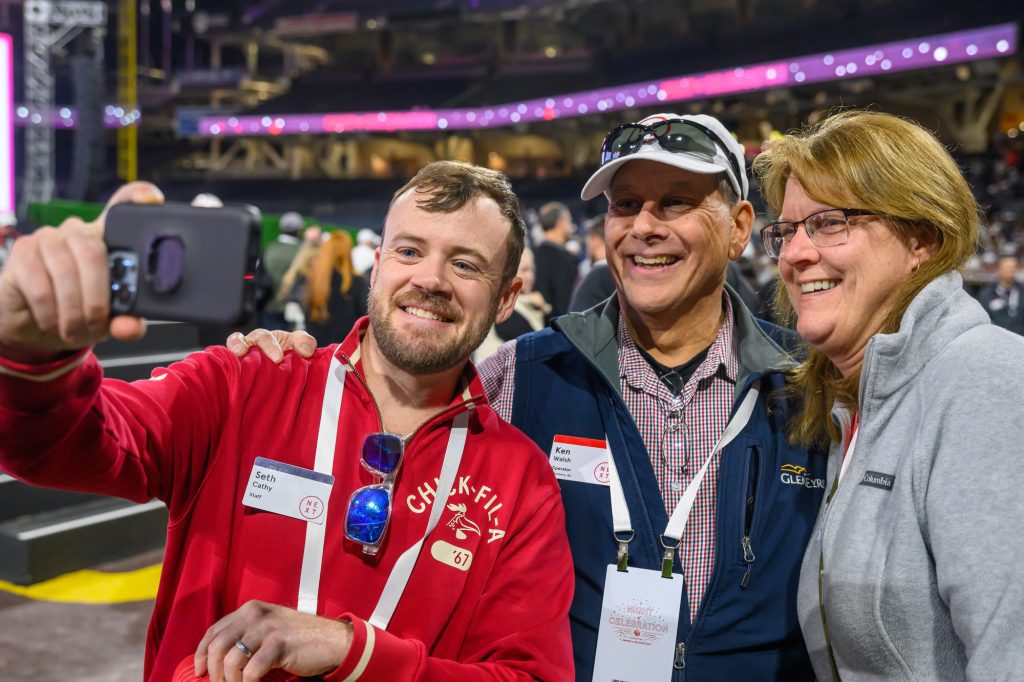
In conclusion, covering meetings and events as a photographer requires skill, creativity, and knowledge of the event’s flow. Capturing keynote speakers’ and attendees’ emotions and reactions is essential to create impactful images that showcase the event’s atmosphere and success. With the right approach and techniques, event photographers can provide their clients with stunning visual memories that will last a lifetime.



